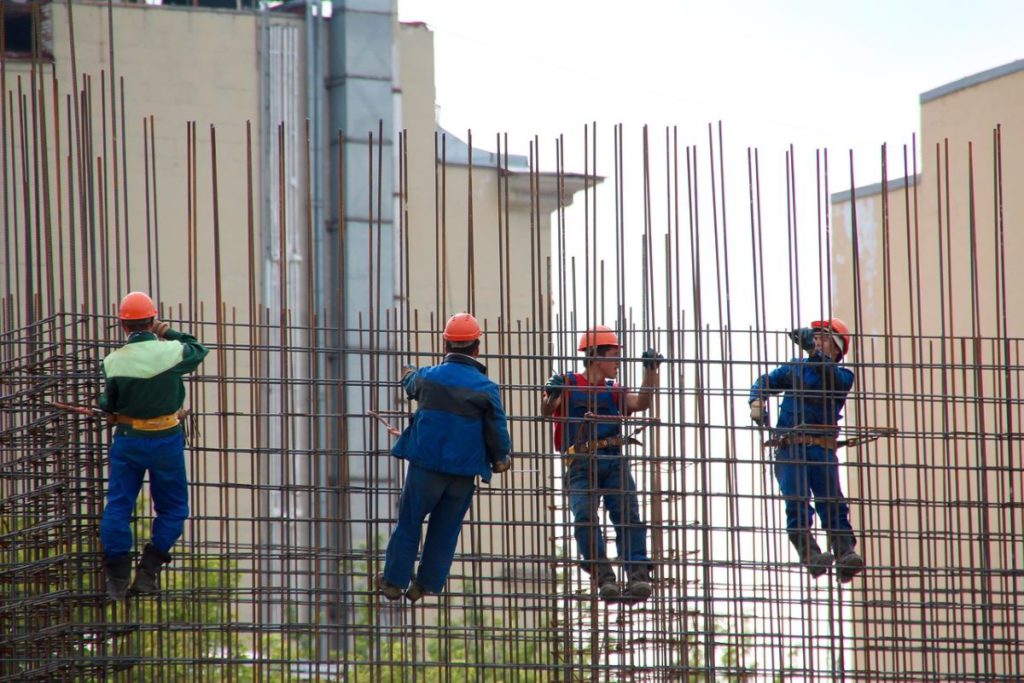A construction project is an exciting but challenging endeavour. Whether you’re building a new home, renovating an existing structure, or managing a large-scale commercial development, project success depends on careful planning and execution from the very beginning. Unfortunately, many construction projects encounter delays, budget overruns, and quality issues due to common mistakes made during the initial stages. These are the top 10 mistakes people often make when starting construction and how to avoid them.
Insufficient Planning

One of the most common mistakes in starting construction is inadequate planning at the start of the project, which can lead to numerous problems down the road. It’s essential to create a comprehensive project plan that includes a detailed scope of work, a realistic budget, and a timeline. Consider hiring a professional architect or construction manager to help you create a solid plan that aligns with your goals and objectives.
Ignoring Legal and Regulatory Requirements
Construction projects are subject to various building codes, permits, and zoning regulations. Failing to obtain the necessary permits or not adhering to local building codes can result in costly delays and fines. It’s crucial to research and comply with all legal and regulatory requirements before you start construction. Consult with local authorities and hire experts to navigate these complex regulations.
Poor Budgeting
Inadequate budgeting often proves to be a stumbling block in construction projects. Insufficiently precise building estimating can lead to cost overruns, putting unnecessary strain on project finances. To mitigate this issue, consider enlisting the expertise of construction estimating services, which can provide accurate cost assessments and help ensure that your project stays within its allocated budget.
Inadequate Contractor Selection
Selecting the right contractor for your project is vital. Hiring an inexperienced or unqualified contractor can lead to subpar work, missed deadlines, and disputes. Take the time to research and interview multiple contractors, check their references, and assess their previous work. Choose a contractor with experience in working on similar projects.
Skipping Pre-Construction Site Assessment
Neglecting a thorough site assessment before construction begins can lead to unforeseen challenges. Issues like unstable soil, poor drainage, or hidden environmental concerns can disrupt your project and blow your budget. Engage a professional engineer or geotechnical expert to conduct a comprehensive site assessment, helping you identify potential problems in advance.
Inadequate Risk Management
Construction projects inherently involve risks, from design changes to weather delays. Failing to develop a robust risk management plan can leave your project vulnerable to unexpected setbacks. Identify potential risks, their impact and strategies to mitigate them. Having contingency plans in place will help you navigate unforeseen circumstances smoothly.
Lack of Communication
Effective communication is key to achieving success. Misunderstandings, miscommunication, and poor collaboration between project stakeholders can lead to delays and costly errors. Establish clear lines of communication. Regularly update all parties on project progress and changes to maintain transparency and alignment.
Requirement Creep
‘Requirement Creep’, also referred to as ‘scope creep’, happens when you continuously allow the project’s scope to expand. It often results from making frequent changes to the project without considering their impact on the schedule and budget. To avoid it, clearly define the project scope and objectives and document any changes meticulously. Implement a change management process to evaluate and approve alterations while minimising their impact on the project’s timeline and budget.
Underestimating the Importance of Quality Control
Focusing solely on completing a project quickly and within budget can lead to the neglect of quality control. Ignoring quality standards can result in substandard work, costly rework, and long-term maintenance issues. Implement a robust quality control process from the beginning, with regular inspections and testing for quality maintenance.
Neglecting Safety Measures
Safety should always come first. Develop a safety plan, provide proper training to all workers, and enforce strict safety protocols on the construction site. Regularly inspect the site to identify and mitigate potential hazards to protect both your workers and your project’s success.
Always remember – a construction project is a significant undertaking that demands careful planning, attention to detail, and a commitment to best practices. Without these key ingredients, success would be impossible to achieve.
